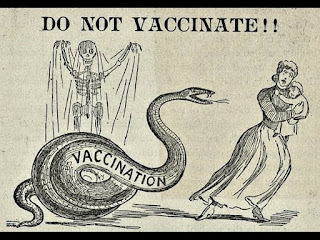Fig.
1. Asclepius with his serpent-entwined staff ( 4th century BC,
temple in Epidaurus, Peloponnese) Today it can be found in the Archaeological Museum of Epidaurus.
Fig.
2. Hygieia (goddess
of cleanliness and sanitation), Italy,
either Ostia or Rome, 2nd century AD Roman copy, after a Greek
original of 360 BC. Today it is in the W. R. Hearst Collection.
Fig. 3. Pharmacy sign "Old Pharmacy
1864," a 156 years old pharmacy in the German city of Bottrop.
Fig. 4. Pharmacy sign, Germany - exact location is unknown. The pharmacy doesn't exist anymore, the sign is kept as a pure decoration.
Fig. 6. Patent medicine
advertisement by Wells, Miller, and Provost,
New York 1849.
Fig. 7. Germany, approx. 1920 -
pharmacists ( here Mr. Queisser ) at this time still used to mix most of the
salves and ointments on their own. The advertising vignettes were then put on
the packages like stamps.
Fig. 8. This advertisement from
1888 by Sackett & Neat, New Albany, Indiana
speaks quite clearly for itself. Again we find Hygieias bowl and the snake.
Fig. 9. Here the German company "Disinfection Factory" in the town of Dresden advertises its products : General Disinfectant, Insectizides and a special disinfectant Christmas edition with conifer scent. That got them an award on an international fair in Rome 1912.
Fig. 10. Public education campaign
poster published by the Rockefeller Foundation and
the Comité national de défense contre la tuberculose, between 1918 and
1920.
Fig. 11. Advertisement in an Australian newspaper late 19th century. Bitters originally developed as patent medicine ( cured everything, probably even the effects of snake bite!), but today is mostly used as a digestif.
Fig. 12. Anti-vaccination (against
smallpox) cartoon, UK 1894, source : The Historical Medical Library of the
College of Physicians of Philadelphia.













No comments:
Post a Comment